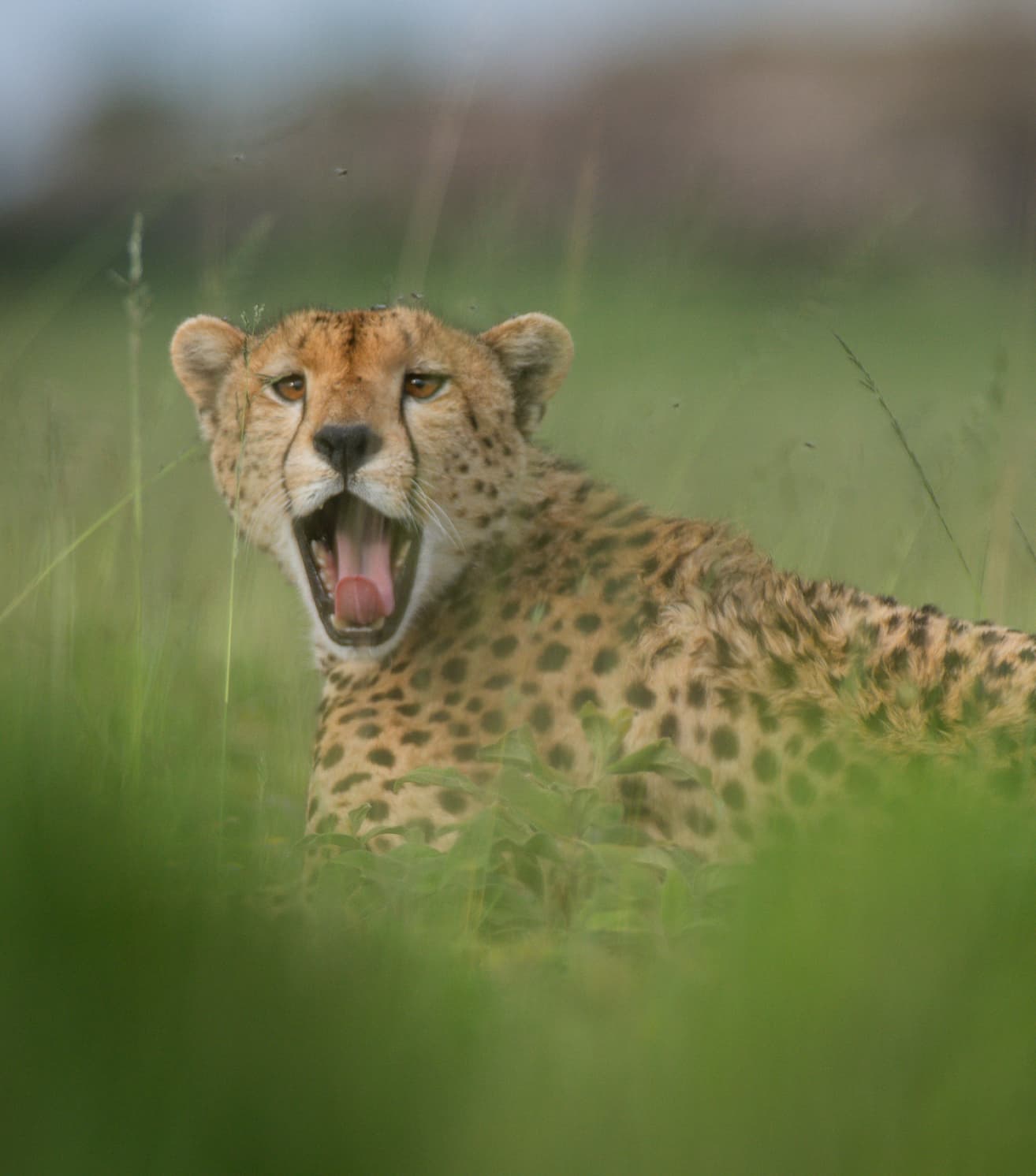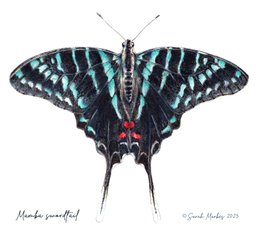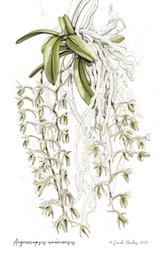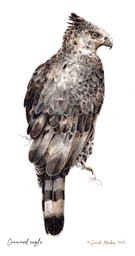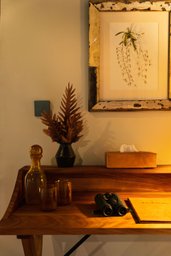HOW KOROI’S WILDERNESS INSPIRED THE BRUSH OF SARAH MARKES
When the Koroi Forest Camp was still a dream taking shape among the trees of Arusha National Park, artist Sarah Markes walked through its beginnings with a sketchbook in hand and wonder in her eyes. “It’s such a unique and important ecosystem,” she recalls, “with an amazing array of species, some found nowhere else on earth.” That sense of reverence for place and life became the foundation of the artwork she created for the camp upon its opening, pieces that now breathe the forest’s rhythm into every corner of Koroi.
Sarah’s creative journey began long before her arrival in Arusha. A graduate of Central St. Martins College of Art in London, she has spent over two decades across East and Southern Africa using art, design, and writing as tools for conservation. From comic books that teach public health and environmental awareness to illustrated books capturing the soul of Dar es Salaam, Zanzibar, and East Africa’s biodiversity, Sarah’s work has always been about seeing, and helping others see, the value of what surrounds us.
At Koroi, that mission took on a deeply personal dimension. CEO Hagai, whose vision shaped the camp’s identity, shared with her a list of the park’s iconic species and his own breathtaking photographs. From there, the collaboration blossomed. “There are hundreds more plants, animals, and fungi I’d love to have illustrated,” Sarah says, “but we settled on a small selection for now which hopefully hint at the wealth of flora and fauna to be seen.”
To bring her pieces to life, Sarah immersed herself in the very environment she sought to portray. She visited while the lodge was still under construction, trekking through trails alive with butterflies and birds, pausing beneath giant fig trees wrapped in climbing epiphytes, and searching for orchids hidden among moss and bark. “One day we passed a group of giraffes weaving their way elegantly between the trees,” she recalls, “and I loved watching the black and white colobus monkeys with their stunning long tails.” There were moments of quiet observation, the shimmer of a red duiker in dappled light, and moments of vibrant sound, like the near-deafening chorus of frogs in the glade before the lodge.
These experiences, infused with texture and movement, shaped not only the subject matter of her work but the feeling it evokes, an invitation to slow down, to look closer, to notice. The resulting artwork captures not just species, but the interconnectedness of life within the forest. Fungi and fig trees, orchids and lichens, light and shadow.
Sarah also joined Entara guides on longer hikes through the park, learning from their deep knowledge of the landscape. From the dramatic slopes of Mount Meru to waterfalls that seemed to hum with hidden life, every path reaffirmed what she hopes her art communicates, that conservation begins with connection. “If my art helps inspire people to explore the forest and find beauty in the smaller details,” she says, “and if that experience motivates support for conservation efforts, then that would be even more wonderful.”
Though her work for Koroi marks a new chapter, Sarah’s curiosity remains boundless. Her “art wish list” still includes large-scale paintings of the giant fig trees surrounding the camp and detailed studies of the patterns of lichen and bark – a testament to her belief that beauty lies not only in what we see, but how we see it.
Through her art, Koroi’s forest doesn’t just decorate the camp, it speaks. It whispers stories of resilience, of species intertwined, of a wilderness that thrives when noticed and protected. And thanks to Sarah Markes, every illustration carries that message forward, a reminder that in Tanzania’s forests, art and nature are not separate worlds, but one continuous living canvas.

